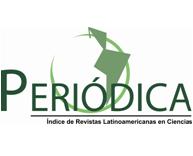VALIDATION OF A SIMULATION MODEL FOR THE STEAM GENERATION STAGE
Keywords:
case study, distillery, steam generation, simulationAbstract
Introduction:
From a valid simulation model, existing problems in a process can be determined and evaluate changes could be evaluated without affecting the actual system. Currently there is no simulation model available to study the steam generation in the ethanol distillery studied.
Objective:
To obtain a simulation model in Aspen Hysys from the steam generation stage that allows operation evaluation and future modifications analysis.
Materials and Methods:
A simulation model was developed in Aspen Hysys v10.0. Peng Robinson property package was selected for low pressure flue gases and NBS Steam for pure water. The composition of crude oil (PCM 1400) was selected based on several authors reports.
Results and Discussion:
Simulated crude oil was found to be similar to real one. The simulation model was verified with a relative error less than 2.5%. Steam generator efficiency of 86.3% was achieved, a generation rate of 16.04 kg steam/kg fuel and an airflow of 5 388 kg/h. airflow variation influence on gases temperature and the power required by the fan was assessed.
Conclusions:
The simulation model adequately represents the system, allowing to evaluate the main process variables behavior in different scenarios without making direct modifications to the process.
Downloads
Downloads
Published
How to Cite
Issue
Section
License

This work is licensed under a Creative Commons Attribution-NonCommercial 4.0 International License.




















